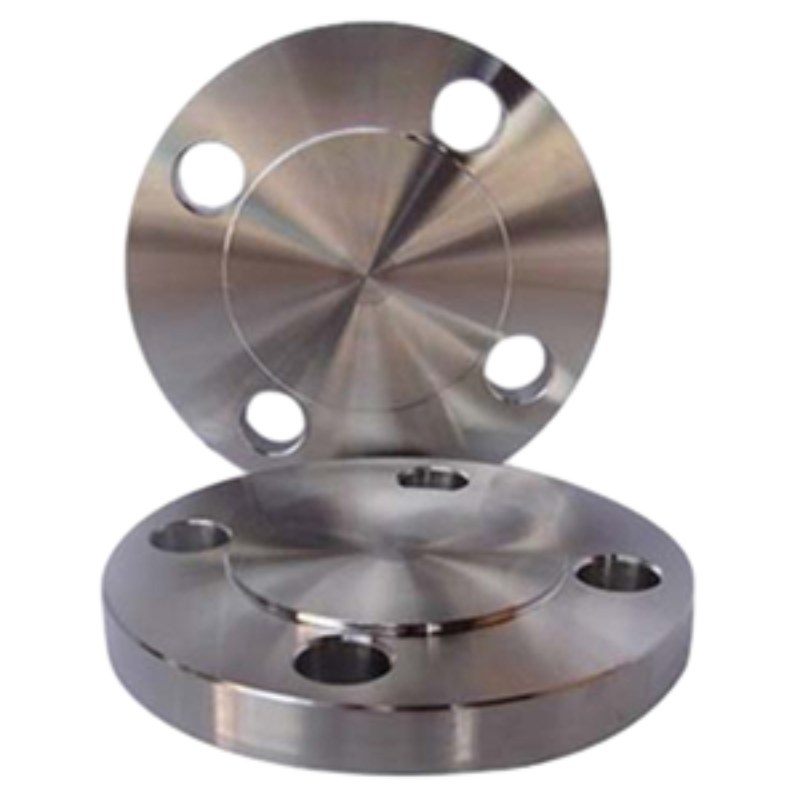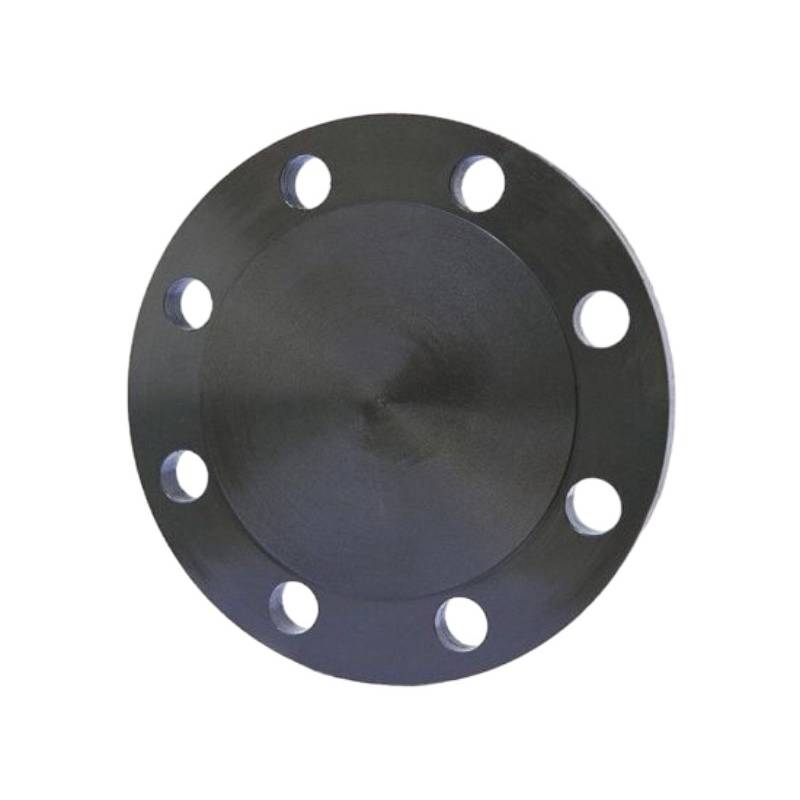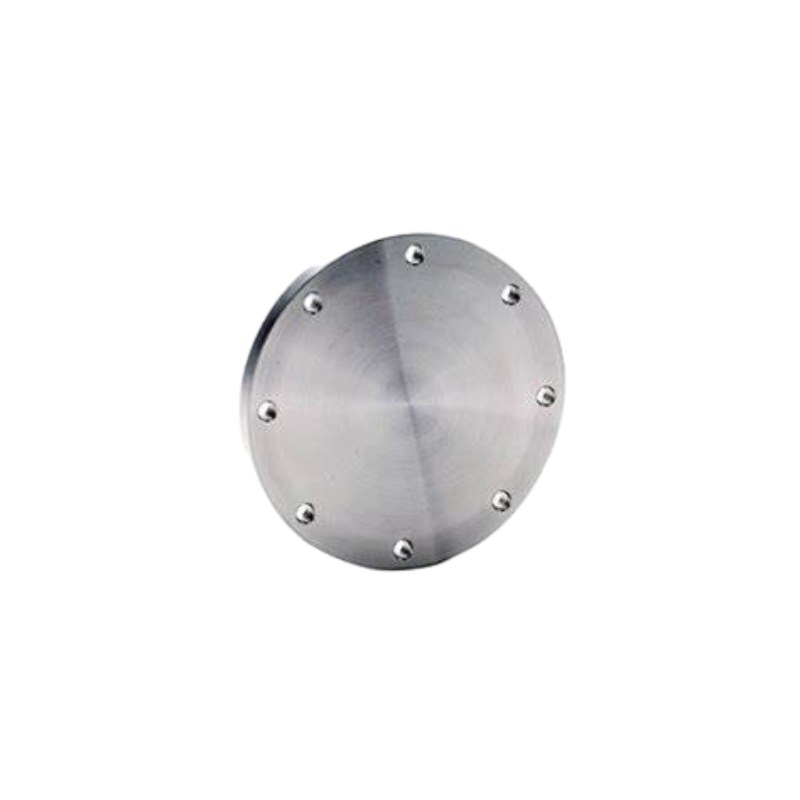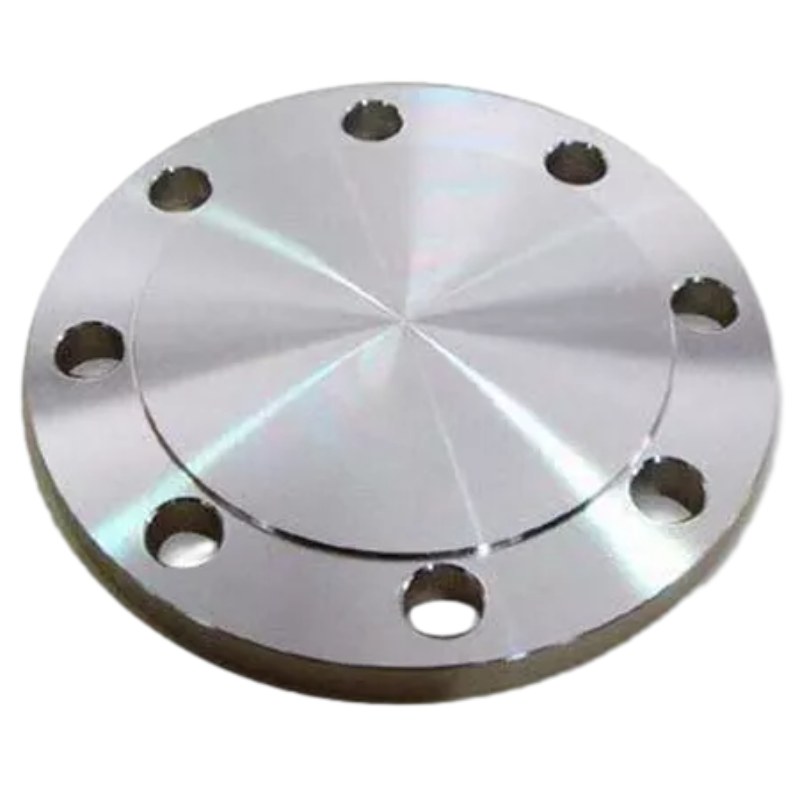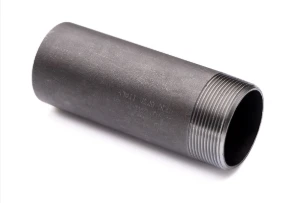-
Naqshad Adag: GOST 12836-67 Flange Blind Flange wuxuu leeyahay saxan fidsan, wareeg ah oo leh godadka bolt ee siman ee ku wareegsan wareegga. Naqshadeyntani waxay u oggolaaneysaa in si sahlan loo toosiyo oo loogu dhejiyo flange-ga lammaane, iyada oo siinaya xal adag oo xasilloon oo xiritaan nidaamyada tuubooyinka.
-
Xidhid sugan: Marka lagu rakibo dhamaadka tuubada, wejiga siman ee GOST 12836-67 Flange Blind Flange wuxuu abuuraa shaabad adag, ka hortagga dareeraha dareeraha iyo ilaalinta sharafta nidaamka tuubooyinka. Awoodda xidhitaanka ee sugan waxay hubisaa waxqabadka ugu wanaagsan iyo badbaadada, xitaa marka lagu jiro xaalado shaqo oo aad u daran.
-
Codsiga badan: Laga soo bilaabo wershadaha saliidda iyo gaasta ilaa dhirta warshadaynta kiimikada iyo shabakadaha qaybinta biyaha, GOST 12836-67 Indho-indho ayaa ka helaya codsiyo kala duwan oo ku saabsan warshadaha kala duwan. Haddi loo isticmaalo ujeeddooyin go'doomin, tijaabinta cadaadiska, ama xidhitaanka ku meel gaadhka ah, garabyadani waxay bixiyaan isku halaynta iyo adkaysiga nidaamyada tuubooyinka muhiimka ah.
-
Dhisme waara: Waxaa laga sameeyay alaab tayo sare leh sida birta kaarboonka, birta aan la taaban karin, ama birta daawaha ah, GOST 12836-67 Flanges Indho la'aanta waxay soo bandhigtaa xoog iyo adkeysi aan caadi ahayn. Waxaa loo naqshadeeyay inay u adkeystaan xaaladaha adag ee hawlgalka, oo ay ku jiraan bay'ada daxalaysa, heerkulka sare, iyo cadaadiska daran, hubinta waxqabadka muddada dheer iyo isku halaynta.
-
Injineerin sax ah: GOST 12836-67 Flanges Indho la'aanta waxay maraan farsamaynta saxda ah iyo hababka injineernimada si ay ula kulmaan dulqaadka adag ee cabbirka iyo shuruudaha dhamaystirka dusha sare. Saxnimadani waxay hubinaysaa iswaafajinta iyo isdhaafsiga garabyada kale ee caadiga ah, fududaynta is dhexgalka aan kala go'a lahayn ee nidaamyada tuubooyinka iyo yaraynta khatarta daadinta ama guuldarada.
-
Fududeynta Rakibaadda: Ku rakibida GOST 12836-67 Flanges Indho-la'aanta ah waa mid hufan oo toosan, oo u baahan toosin fudud iyo ku dhejinta dhamaadka tuubada. Cabbiradooda la jaan-qaadaya iyo nakhshaddooda waxay fududaysaa is-dhexgalka fudud ee shabakadaha tuubooyinka, yaraynta wakhtiga rakibidda iyo kharashka shaqada.
Astaamaha Muhiimka ah:
- Naqshad adag oo loogu talagalay xidhidh aamin ah
- Ku xidhid sugan oo leh nashqad siman oo weji ah
- Codsi wax ku ool ah dhammaan warshadaha
- Dhisme waara oo loogu talagalay waxqabadka muddada dheer
- Injineerka saxda ah ee dulqaadka adag
- Fududeynta rakibidda oo leh toosin fudud iyo bolting
Material Selection for GOST 12836-67 Blind Flanges: What You Need to Know
When it comes to GOST 12836-67 blind flanges, selecting the appropriate material is crucial for ensuring functionality, safety, and longevity in various applications. GOST standards, established by the Euro-Asian Council for Standardization, Metrology and Certification, guide the specification of materials to maintain the integrity of piping systems.
Key Considerations for Material Selection:
1. Corrosion Resistance: One of the primary factors in choosing a material for GOST blind flanges is its ability to resist corrosion. Stainless steel (such as 304, and 316) is a popular choice due to its excellent resistance to oxidizing environments. For applications involving aggressive chemicals, alloys like Inconel or Monel are often considered.
2. Pressure and Temperature Rating: GOST blind flanges need to be rated for the specific pressure and temperature conditions they will face. Material selection must align with the service conditions to avoid failure. For high-pressure applications, carbon steel flanges can be suitable, provided they are properly treated or coated.
3. Weldability and Machinability: Depending on installation requirements, the selected material should offer appropriate weldability and machinability. If modifications or on-site fabrication are necessary, choosing materials that can be easily welded is essential.
4. Standards Compliance: Ensure that the materials selected comply with all relevant GOST standards. This not only guarantees quality but also maintains compatibility within the piping system.
5. Cost-effectiveness: While material selection should prioritize performance and safety, cost considerations also play a significant role, especially in large-scale projects. Finding a balance between budget and quality is essential.
Differences Between GOST 12836-67 Blind Flange and Other Flange Standards
When comparing the GOST 12836-67 blind flange with other flange standards, several key differences emerge that reflect the unique characteristics and applications of the Russian standard. The GOST (Gosudarstvennyy Standart) system is a set of regulations and guidelines that govern various industrial products, including blind flanges, which are used to seal off piping systems.
One of the primary differences lies in the dimension and pressure rating classifications. GOST 12836-67 blind flanges are specifically designed according to Russian specifications, with dimensions that may differ significantly from those outlined in ANSI, ASME, or ISO standards. For instance, while ANSI/ASME flanges are typically categorized into nominal pipe sizes (NPS) and pressure classes, GOST flanges feature a unique set of sizes and pressure ratings, making it essential for engineers to select the appropriate type based on regional standards.
Another notable difference is the material composition. The GOST standard emphasizes the use of specific materials that are suited for the harsh Russian climate and industrial requirements. While common materials such as carbon steel and stainless steel are also used in other standards, GOST may specify additional material grades to accommodate unique environmental challenges, including extreme temperatures and corrosive conditions.
Additionally, the manufacturing and testing processes for GOST 12836-67 blind flanges are subject to local industry regulations, which might include stricter quality assurance protocols compared to other international standards. This ensures that the flanges not only meet dimensional specifications but also effectively withstand the pressures and temperatures expected in typical applications within Russia.
In summary, while GOST 12836-67 blind flanges share similarities with other flange standards, their unique dimensions, material requirements, and quality assurance processes set them apart. Understanding these differences is crucial for engineers and designers when selecting flanges for specific applications in diverse geographical locations.







